We have a question for you. Are you ready to fall in love with Quito, Ecuador?
Not sure? Take our short quiz to find out!
Want to learn more about Ecuador’s capital city before you take the quiz? Read on!
Quito: the 2nd Highest Capital City in the World
Quito, Ecuador lies high in the Andes at 9,350 feet (2850 meters) above sea level, making it the second highest official capital city in the world after La Paz, Bolivia. Very polite and somewhat formal, Quiteños are famous for being excellent hosts. The local dialect is easy to understand making this city one of the best in South America for learning how to speak Spanish.
Quito is situated in the heart of Northern Ecuador making it an excellent location to explore small mountain villages and cloud forest nature reserves famous with birdwatchers worldwide. Local festivals include the Founding of Quito on December 6th and the week-long Easter celebration of Holy Week.
While Quito has a modern business sector with mirrored skyscrapers and large shopping malls, most visitors head to the Spanish-colonial historic heart, a UNESCO World Heritage site. There, the cobblestoned streets, white-washed churches, and colorfully painted historic homes and businesses blend to create a beautifully preserved example of early European presence in South America.
Despite few signs of Ecuadorian indigenous roots, this glorious city was founded on the burned remains of an Incan city. Today’s local culture blends many ancient Andean traditions with more Catholic-European practices. The narrow streets are alive with vendors selling everything from Dragon’s Blood to candied nuts and other sweet treats beloved by adults and children. Sunday afternoons make one of the best times to stroll through large plazas full of families enjoying a pretty day, wander city streets closed to traffic, and meet local artisans selling their wares along one of the best-preserved streets in Quito, Garcia Moreno. It’s even possible to escape the hustle and bustle of the active historic center by wandering many of the side streets leading into lesser-known but beautiful local neighborhoods like San Marcos and La Tola.
Traditional foods highlight locally grown vegetables including several varieties of potato, the tuberous melloco, the hominy-like grains of corn called mote, and delicious fava beans. Favorite meals often revolve around pork in dishes like hornado and fritada. Cuy, or guinea pig, is saved for special occasions and is best tried in small suburban towns on the outskirts of Quito. Only a few of hours from the Pacific Coast, Quito also has excellent seafood restaurants. It is not uncommon to find locals enjoying a delicious bowl of fish soup (encebollado) or ceviche for breakfast.
Read more about Quito in our article: Gateway to Ecuador: Quito.
Are you ready to try the quiz now? Quito would LOVE to know if you are ready to visit!

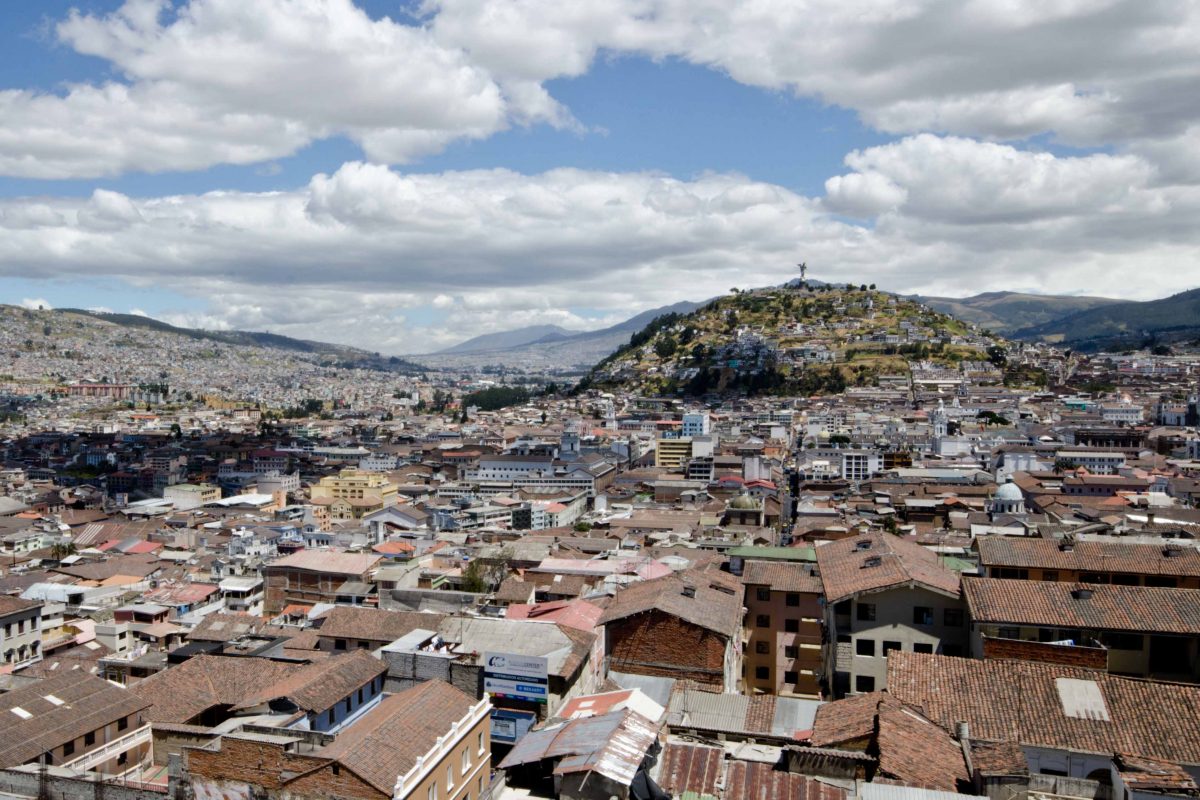
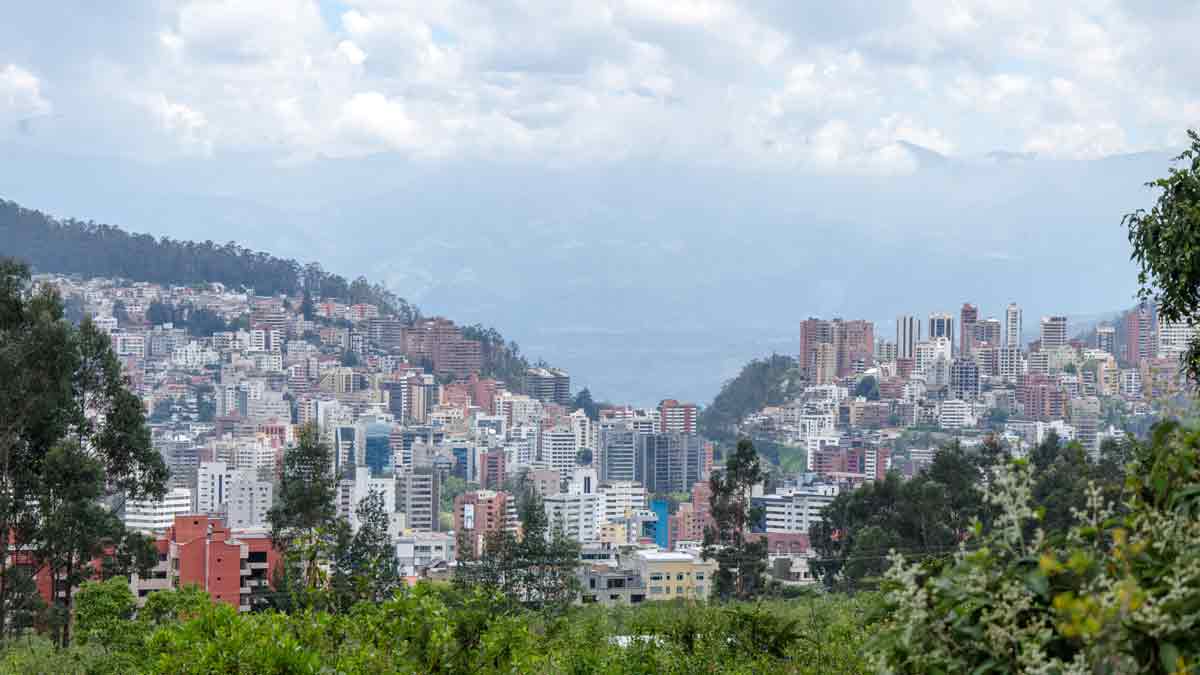
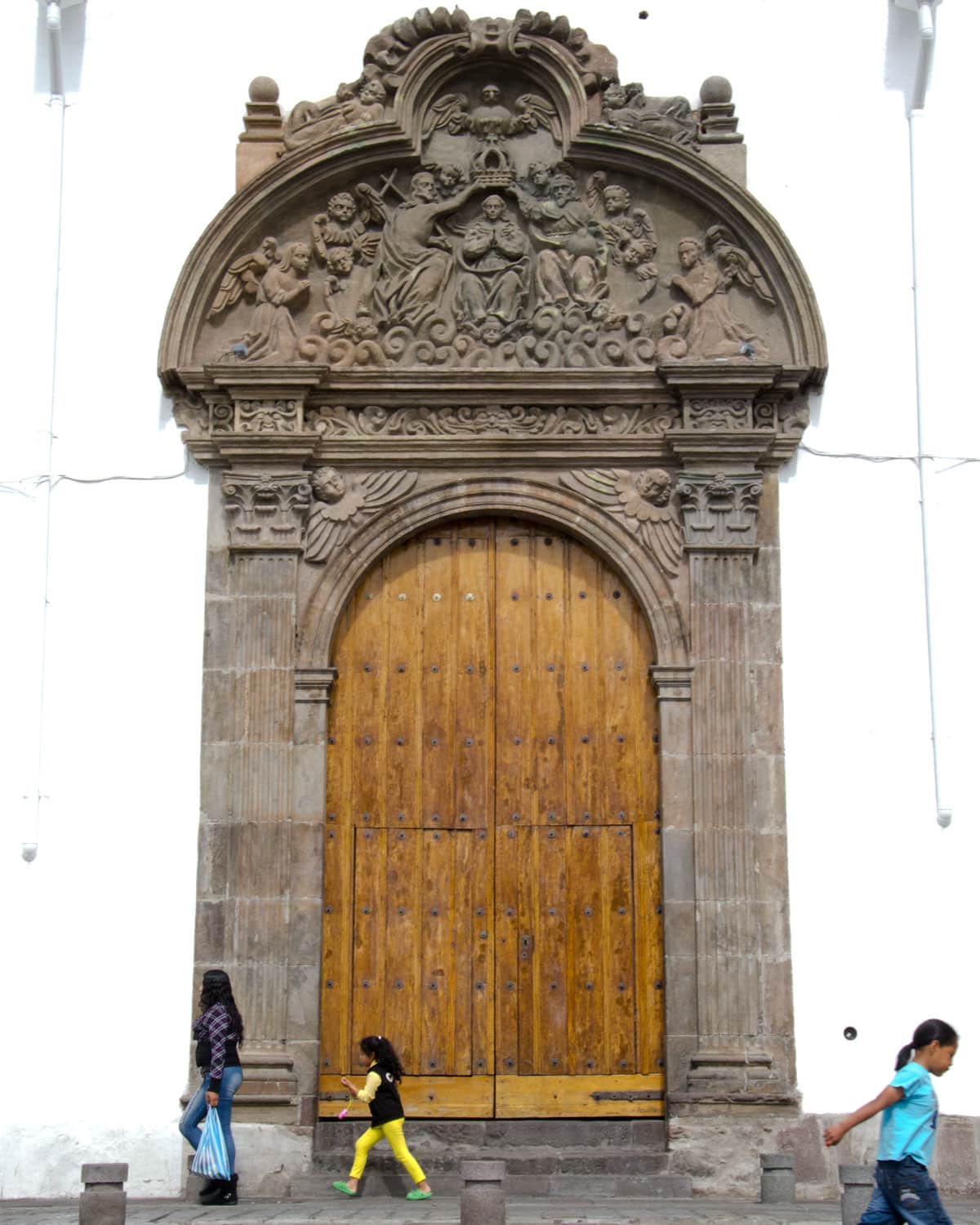
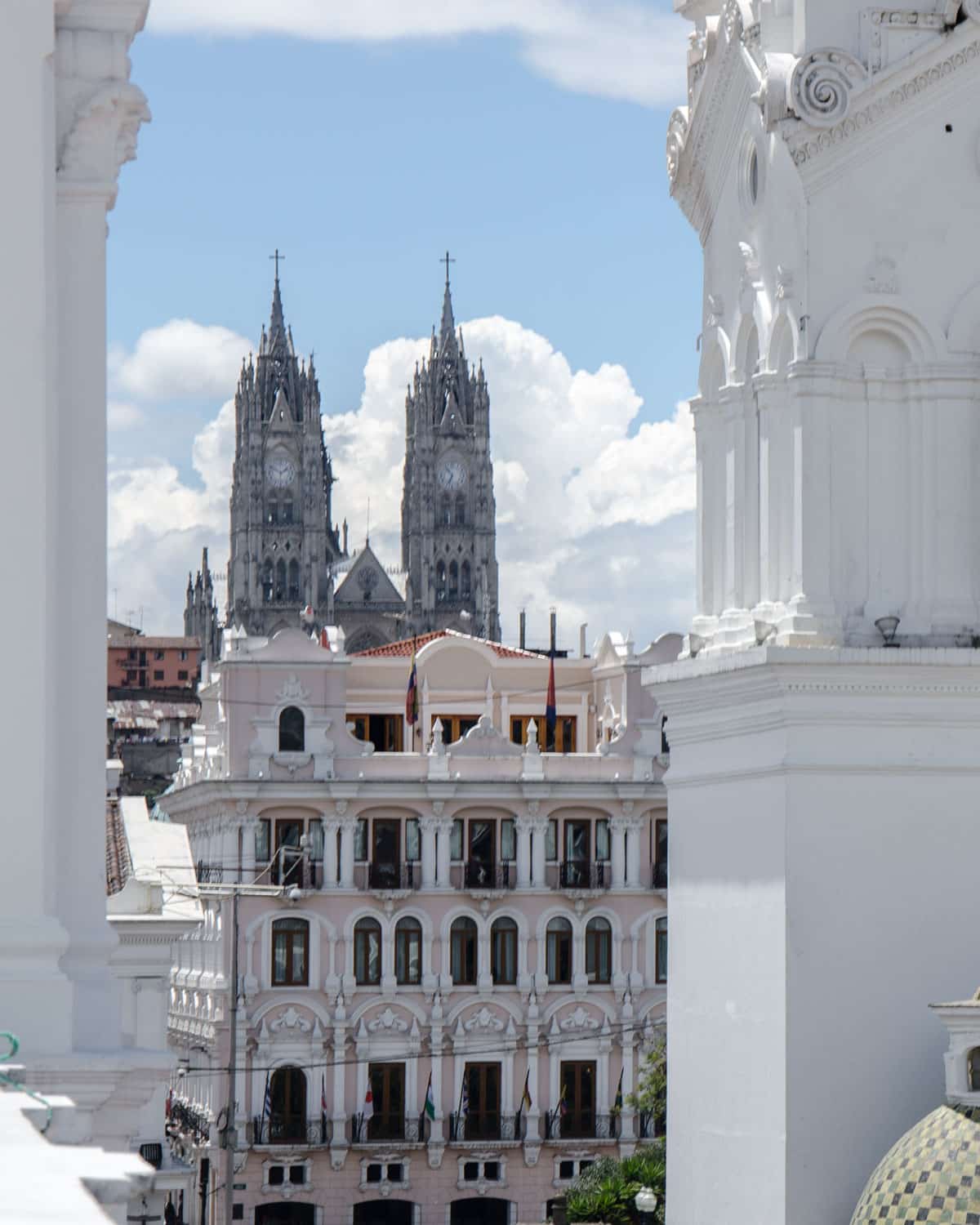
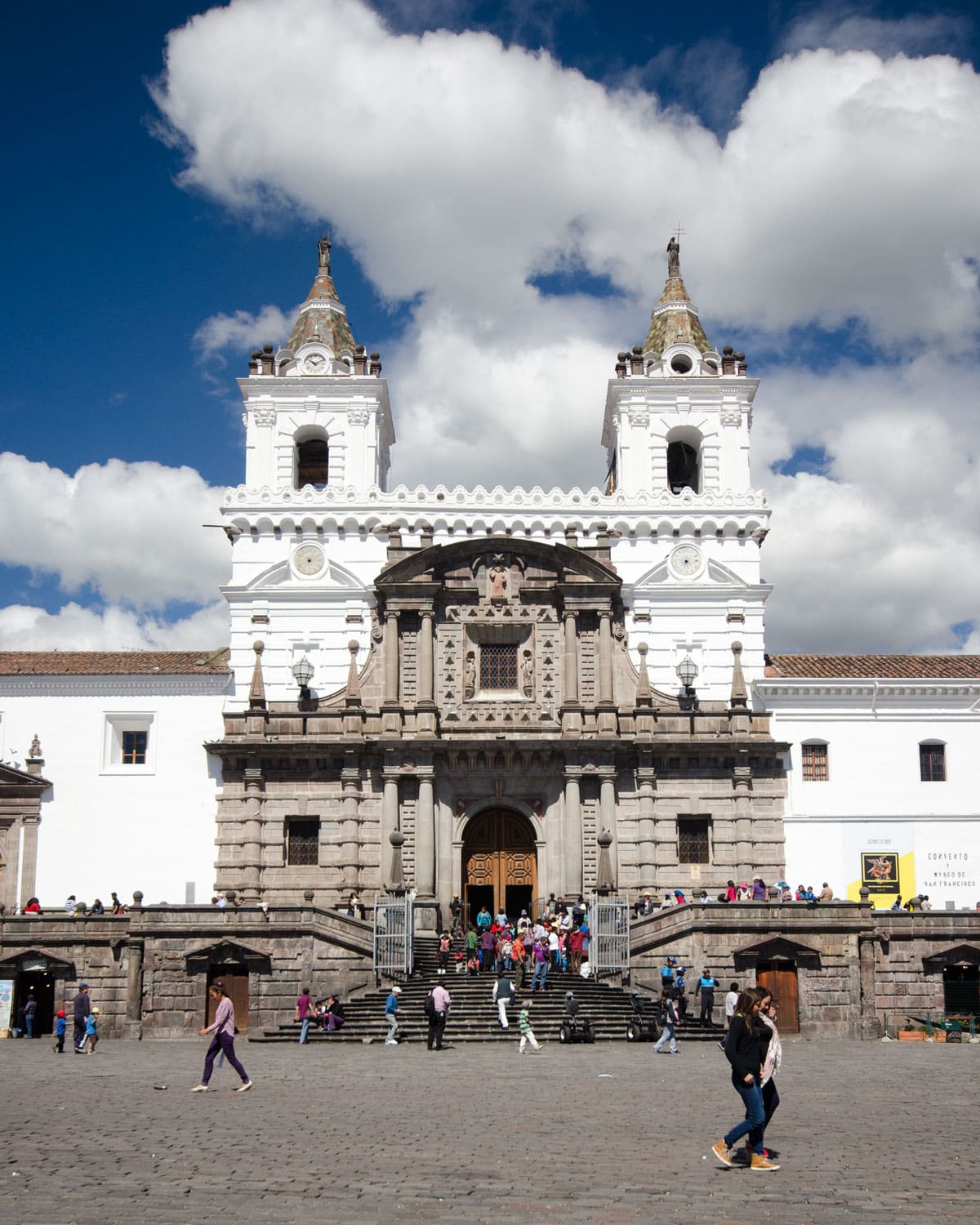
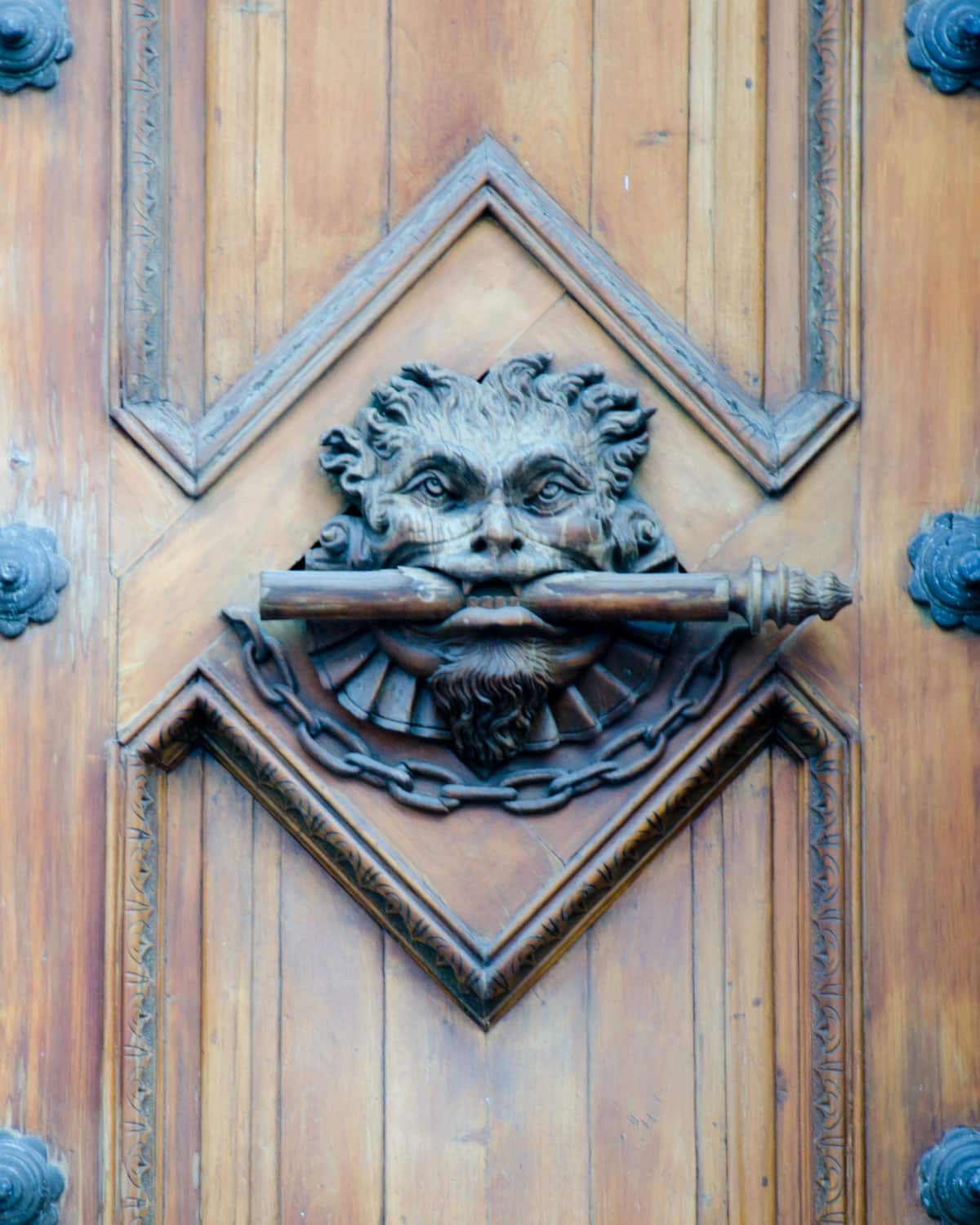

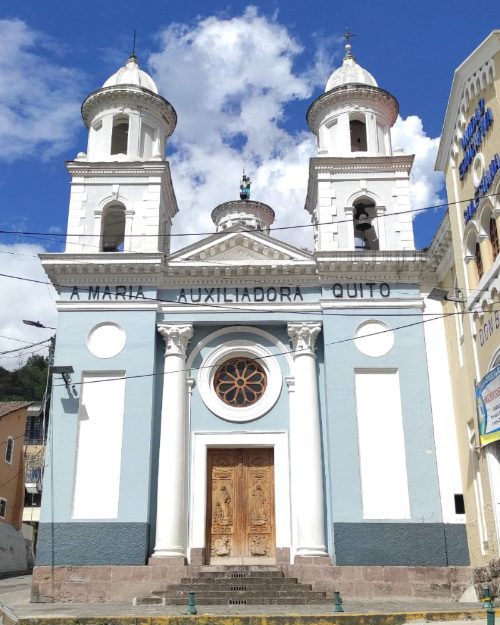

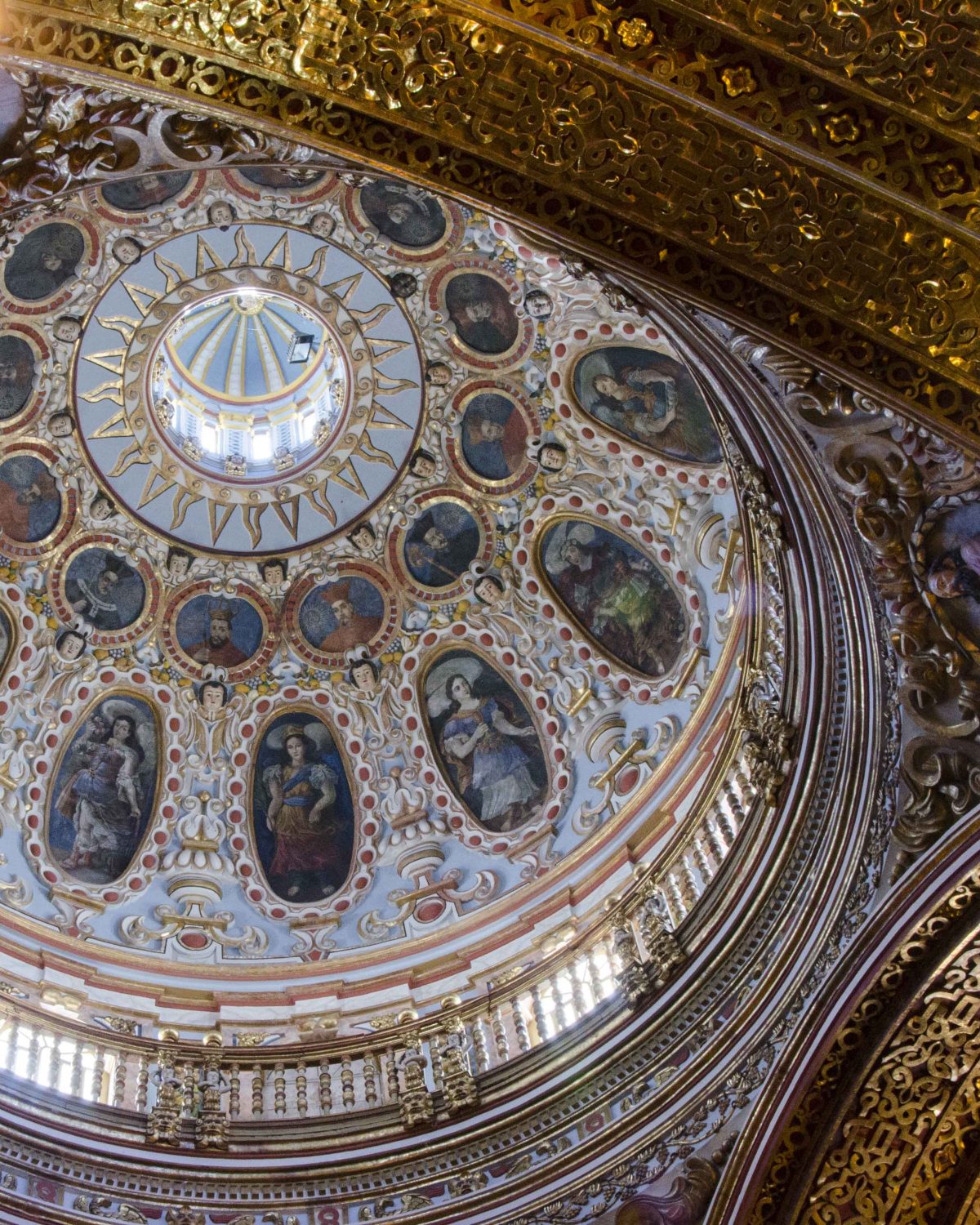
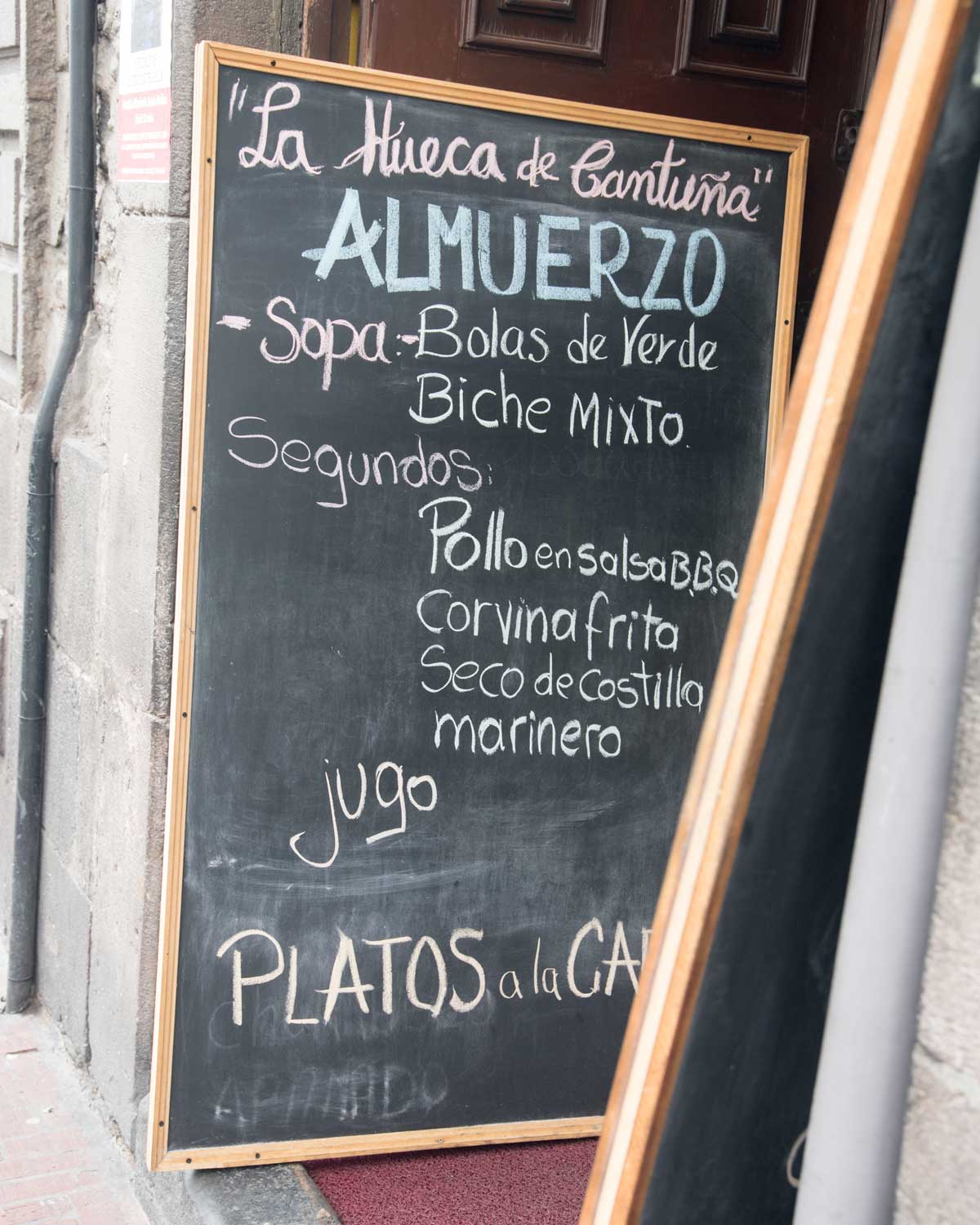
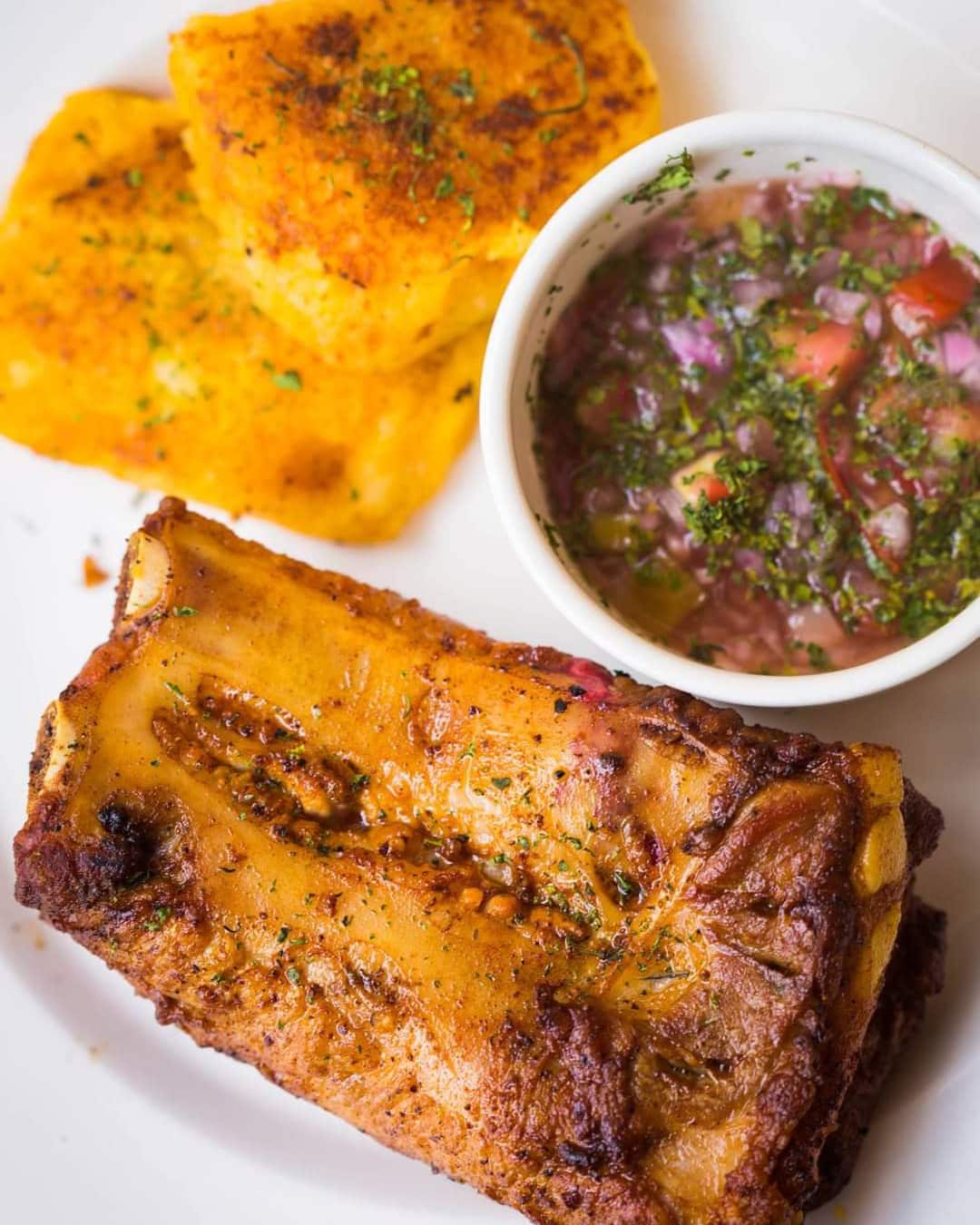
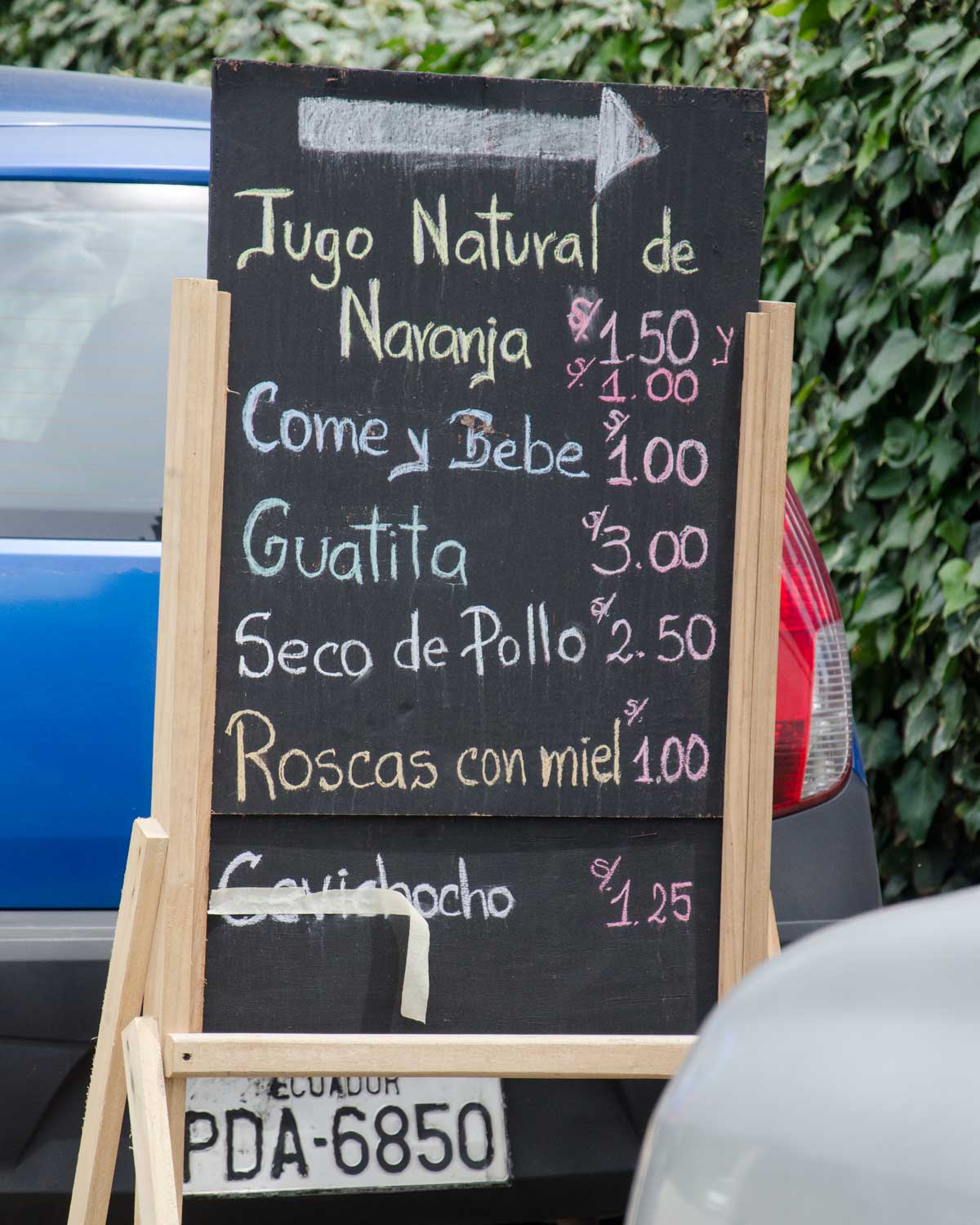
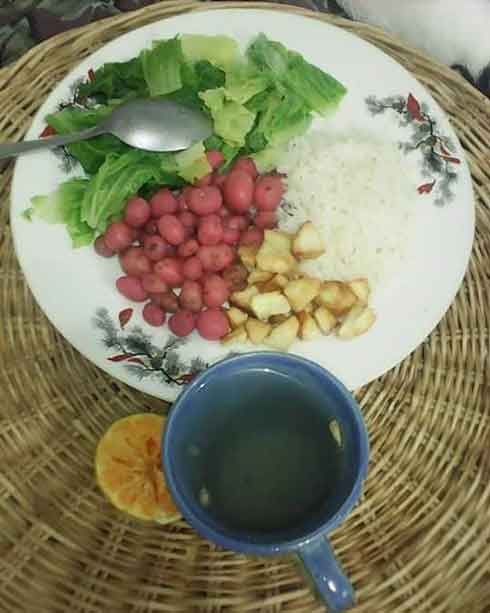
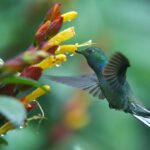
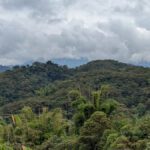





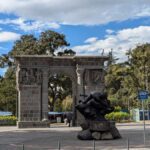



0 comentarios